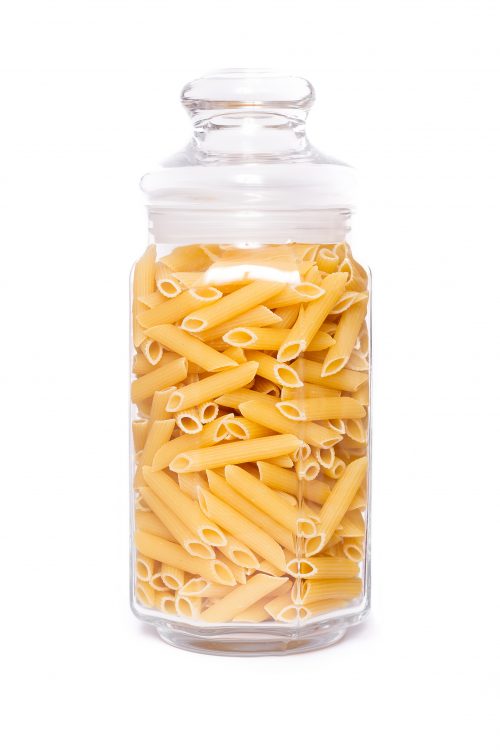
We give advice on picking pasta, and six of the best choices.
What are the choices?
Traditional pasta is made from durum wheat flour which is a hard, high protein wheat that retains its shape when dried.
Wholemeal pasta is usually made using half durum wheat and half wholemeal flour as the durum wheat is important for both texture and shape.
There is a good range of gluten-free pasta products for people with coeliac disease or those with a wheat allergy. The wheat substitutes vary: Casalare rigatoni uses rice flour, potato starch, tapioca starch and maize flour; Orgran vegetable rice pasta spirals use brown rice flour; San Remo gluten-free penne is made from maize starch, potato starch, soy flour and rice starch; and Simple spaghetti uses maize.
While dried pasta comes in an enormous range of shapes and sizes, fresh pasta is generally available in long forms like spaghetti or filled varieties like tortellini and ravioli.
What's a serve?
A standard serve of dried pasta is around 80-100g, which is about a cup of pasta shapes like penne or macaroni, half a cup of orzo or risoni, or fifth of a packet of long pasta such as spaghetti. An equivalent serve of fresh pasta is around 100-130g.
Pasta nutrition
On average, a 100g serve of dried pasta (or 130g fresh) provides about 1400kJ energy, 70g carbohydrate, 12g protein, 4g fibre and little fat. The gluten-free products tend to be lower in protein. The nutrition in filled fresh pasta varies with the filling, but the pasta is 80-90 per cent of the content.
Standard pasta is a useful source of fibre (unfortunately, the fibre content is not usually shown on the label), but wholemeal pasta has a much higher fibre content: San Remo wholemeal dried pasta has 13g fibre per 100g – that's over 40% of the recommended dietary intake (RDI).
When cooking pasta it's normal to add salt to the water, as pasta has little salt and this helps bring out the flavour. But we recommend you check the nutrition panel on fresh pasta before adding salt. If it has more than 300mg sodium per 100g pasta, you may not need to add salt. And if you're watching your sodium intake, choose filled products with less than 500mg per 100g. Less is better.
Did you know? Couscous is actualy tiny beads of pasta.
Pasta cooking tip: If you rely on packet instructions for pasta cooking time, you may end up with over-cooked pasta. Test during cooking and turn heat off when pasta is still a little firm for 'al dente' pasta.
www.healthyfood.com










